Content
In a hydroponics system, plants receive nutrients from a water solution that must be carefully controlled. Problems with slow growth are often caused by an incorrect balance of nutrients. For example, a nitrogen deficiency can lead to slow leaf and stem growth, while a phosphorus deficiency can lead to weak roots. It is also important to keep an eye on the pH level of the solution: if it is outside the optimal range (5.5-6.5), plants will not be able to effectively absorb nutrients, resulting in stunted growth.
In soil, choosing the right substrate that provides good drainage and breathability is important. Dense soil can impede root growth and excess water can lead to root rot. Improper soil composition, such as lack of organic matter and micronutrients, can also stunt cannabis growth. Adding compost and specialized fertilizers can help improve the nutritional properties of the soil.
The optimal temperature for cannabis growth is between 20 and 28°C. Temperatures above or below this range can stress the plants. When temperatures are too high, cannabis can experience heat stress, which slows photosynthesis and reduces overall plant activity. In low temperature conditions, plant metabolic processes slow down, which also negatively affects growth.
Humidity plays a key role in the process of transpiration, where plants evaporate water through their leaves. The optimum humidity for plants in the vegetative stage is 40-70%. Too high humidity can promote fungal diseases and mold, and low humidity can lead to excessive water evaporation, which stresses plants. Using humidifiers and dehumidifiers can help maintain proper indoor humidity levels.
Hemp requires plenty of light for efficient photosynthesis. In low-light conditions, plants may lack the energy needed for growth and development. In growboxes or enclosed spaces, it is recommended to use high-power LED or High Pressure Sodium (HPS) bulbs to provide the right light intensity.
Plants need light of certain wavelengths for optimal growth. Hemp grows best under blue light (wavelengths around 450-495 nm) during the growing season and red light (wavelengths around 620-750 nm) during the flowering season. Full-spectrum lamps provide plants with all the necessary wavelengths at different stages of growth.
The lighting regime is also important: during the growing season, plants need 18-24 hours of light per day, and during flowering - 12 hours of light and 12 hours of darkness. Violation of this regime can lead to plant stress and stunted growth.
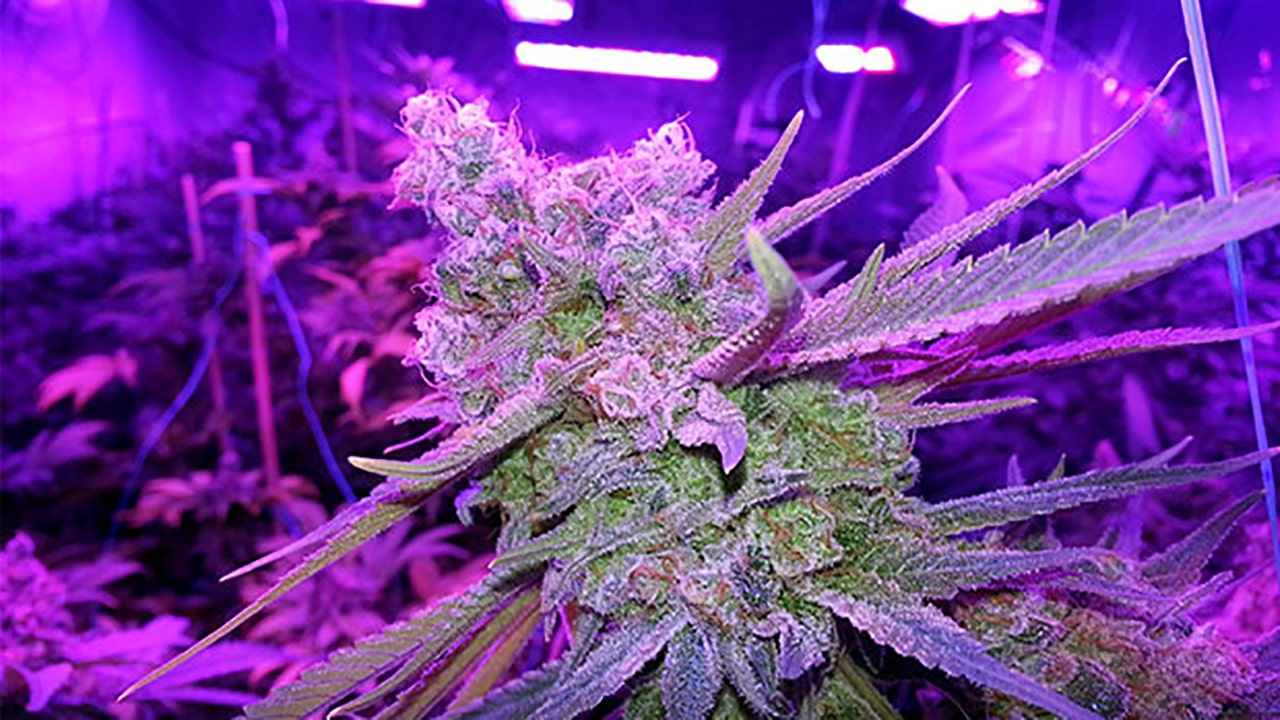
Improper nutrition and fertilizer
Nitrogen (N) is a key element necessary for the synthesis of amino acids, proteins and chlorophyll. Its deficiency is manifested by yellowing of leaves, especially the lower leaves, and stunted growth. Nitrogen is important at all stages of growth, but especially during the vegetative phase, when plants are actively building biomass. Regular applications of nitrogen-containing fertilizers, such as ammonium nitrate or urea, can help maintain proper levels of this element.
Phosphorus (P) plays an important role in the development of the root system and the energy processes of the plant. A lack of phosphorus shows up as a purple tint on leaves and stunted root growth. Phosphorus is especially important in the early stages of growth and during flowering. Fertilizers high in phosphorus, such as superphosphate, will help correct deficiencies.
Potassium (K) is important for photosynthesis, regulation of water balance and stress resistance. Its deficiency can lead to necrosis of leaf edges, weak stems and reduced disease resistance. Potassium fertilizers such as potassium sulfate can help maintain plant health.
Microelements
In addition to the basic macronutrients, plants need micronutrients such as calcium (Ca), magnesium (Mg) and iron (Fe). Calcium deficiency can lead to deformed new shoots, magnesium deficiency can lead to yellowing of leaves between veins, and iron deficiency can lead to chlorosis of young leaves. The use of complex fertilizers containing micronutrients will help to avoid these problems.
Surplus fertilizer
An overabundance of nitrogen can cause stinging leaves, dark green color and brittle stems. It can also delay the onset of flowering and reduce the yield. It is important to follow fertilizer dosage guidelines and not exceed the recommended amount.
Excessive use of fertilizer can lead to salt buildup in the soil or solution, which reduces the plant's ability to absorb water and nutrients. This manifests as leaf edge burn and stunted growth. Regular flushing of the soil or hydroponics system with clean water helps to remove excess salts.
Keeping a balance between the different elements is also important. Excessive amounts of one element can inhibit the absorption of others. For example, too much potassium can make it difficult to absorb magnesium and calcium. Using a balanced fertilizer and regular testing of the soil or solution helps to maintain the correct balance of elements.
pH balance
Cannabis plants grow best at a certain pH level, which affects the availability of nutrients. In soil, the optimum pH is 6.0-7.0 and in hydroponic systems it is 5.5-6.5. An incorrect pH can block the plant's access to essential elements, which will stunt its growth.
To maintain optimal pH, it is important to check pH levels regularly and adjust as necessary. In soil, pH can be adjusted by adding lime to increase or sulfur to decrease the acidity level. Hydroponic systems use special pH adjusters, such as pH Up and pH Down, to fine-tune pH levels.
Signs of inadequate pH levels include yellowing leaves, stunted growth, and general plant deterioration. Regular pH testing and adjustment will help avoid these problems and ensure healthy growth.
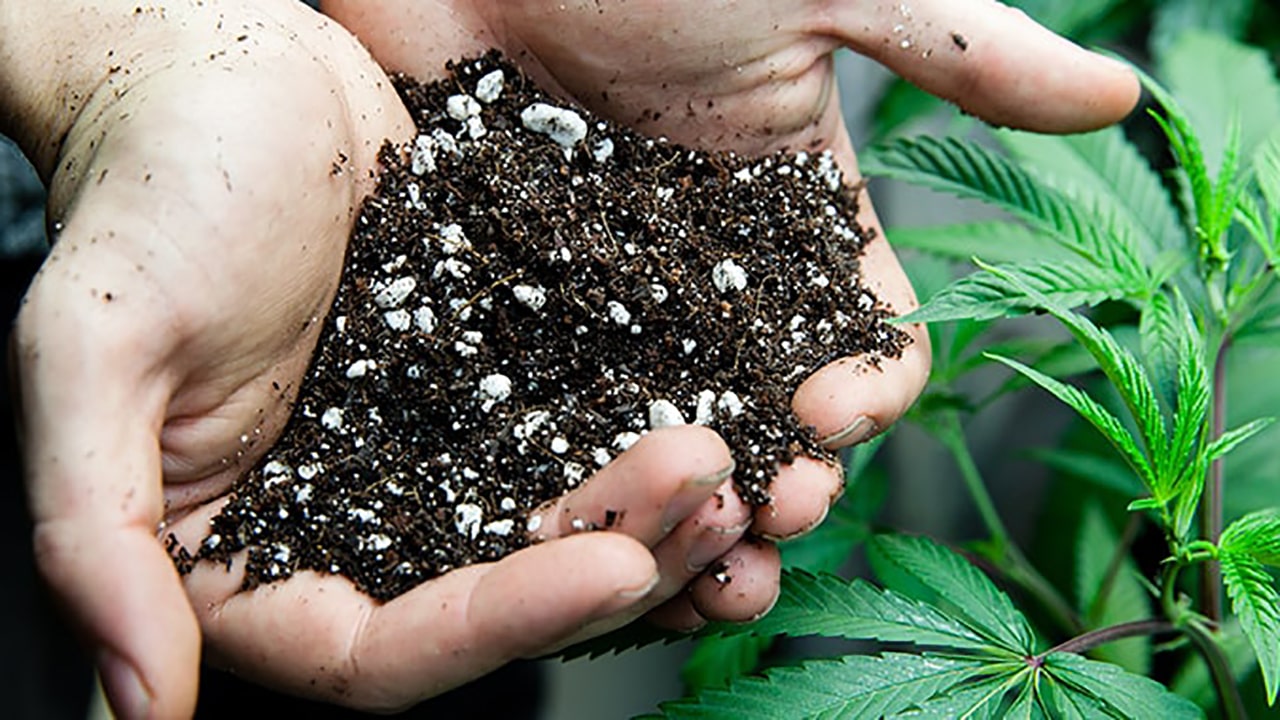
Equipment deficiencies and maintenance errors
Growboxes should be made of quality materials that provide good thermal insulation and protection from external factors. Poor material quality can lead to temperature and humidity fluctuations, which have a negative effect on plant growth. It is necessary to choose growboxes with good thermal insulation and resistance to moisture.
Proper ventilation is critical for healthy growth. Good ventilation helps to maintain optimum temperature and humidity levels and prevents carbon dioxide accumulation and excess heat. In growboxes, experienced growers install fans to circulate air and remove excess heat and moisture.
Lack of or inadequate ventilation can lead to stagnant air, which causes an increase in temperature and humidity. This, in turn, can cause mold and fungal diseases to develop. Regularly checking and adjusting your ventilation system can help avoid these problems.
Watering and drainage
Watering should be regular but not excessive. Overwatering the soil or hydroponic solution can lead to root rot and other problems. It is important to monitor the condition of the top layer of soil or solution and only water plants when it is really necessary.
Good drainage is a must to prevent water stagnation and root rot. In soil, this is achieved by using drainage layers such as gravel or perlite. In hydroponic systems, drainage is ensured by proper design that prevents water retention in the tank or container.
One common mistake is irregular watering, which can stress the plants. It is also important to avoid overwatering, which can cause salt buildup and oxygen deficiency in the roots. Proper use of automatic watering systems and monitoring of soil conditions can help maintain optimal conditions.
Mistakes in pruning and training plants
Pruning is a technique used to improve plant structure and increase yields. However, improper pruning can damage plants and stunt their growth. It is important to know which parts of the plant can be pruned without harm. Usually, growers recommend trimming the lower leaves and branches to focus the plant's energy on the upper parts.
Plant training methods such as LST (low-stress training) and topping help form a more productive structure. However, excessive or improper training can stress plants, stunt growth and reduce yields. Applying these techniques correctly, as well as following the recommendations for their use, will help achieve optimal results.
Technical errors in pruning and training include using unsterile tools, which can lead to infections, and improper timing of the procedures. Pruning and training are performed during specific growth periods to minimize stress to the plants.
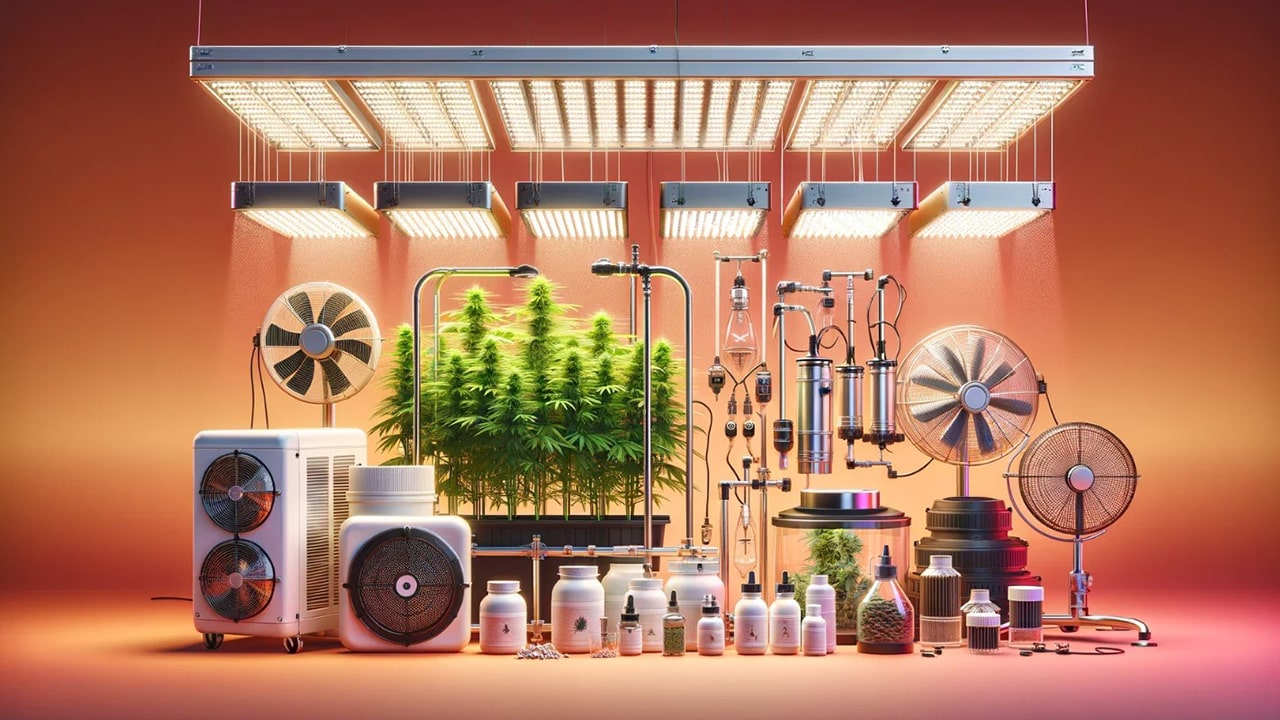
WARNING! Errors Seeds does not encourage or encourage you to grow cannabis. Cultivation is prohibited by the legislation of Ukraine. The article is only of scientific and educational interest.
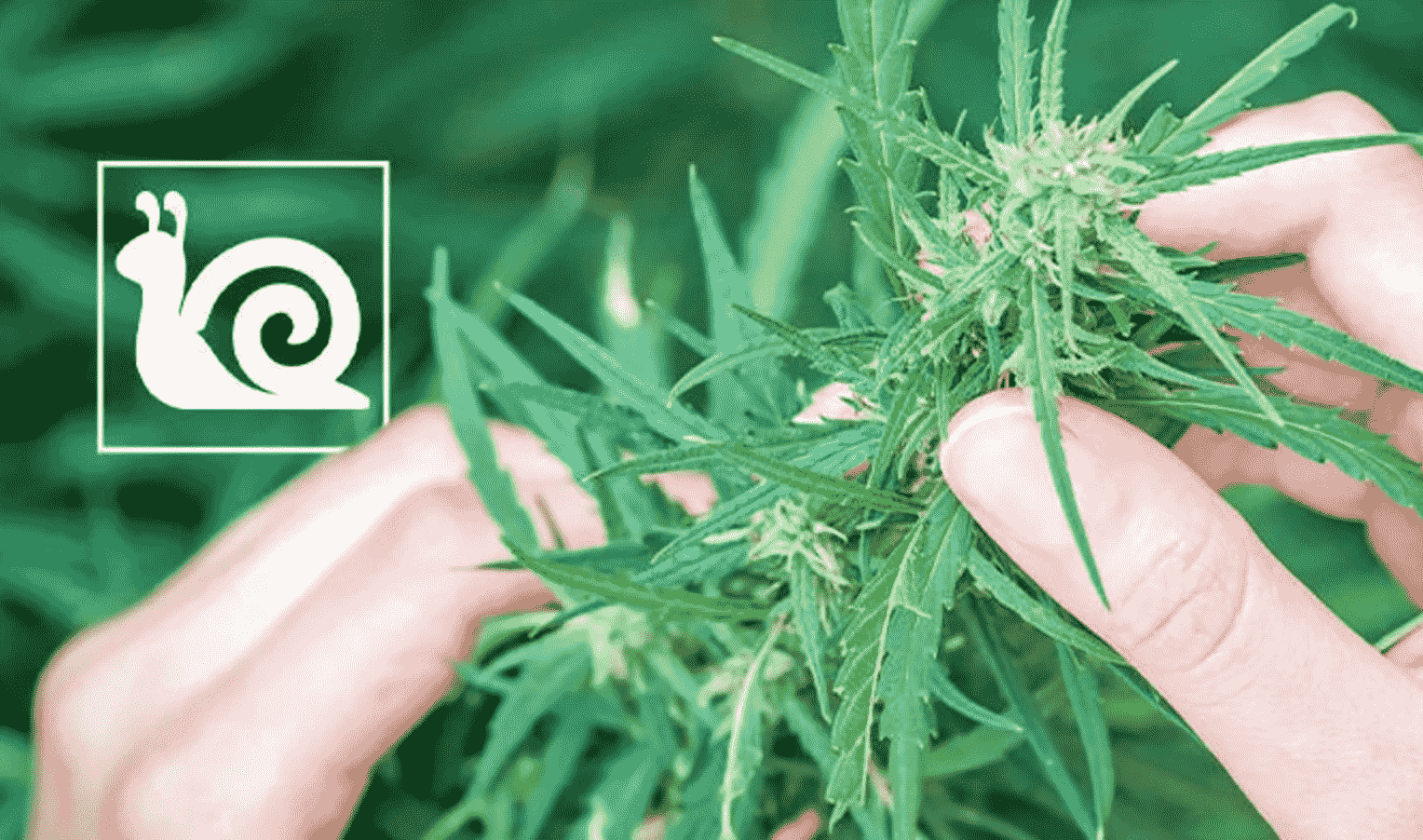
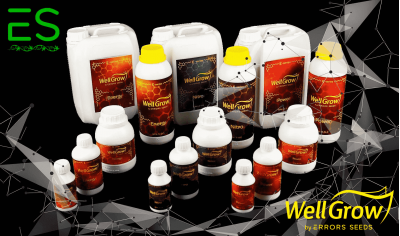
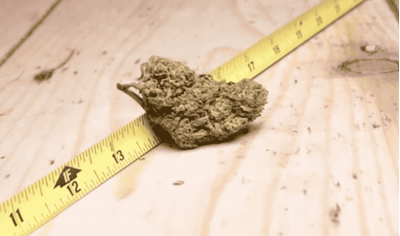
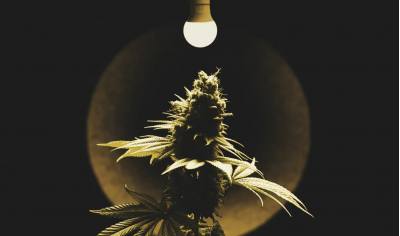
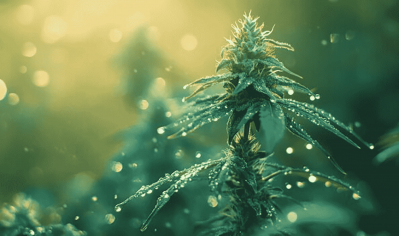
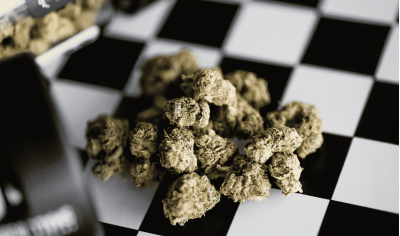
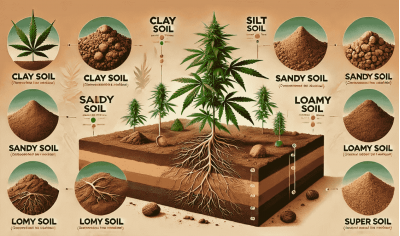
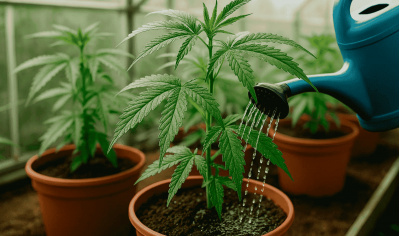
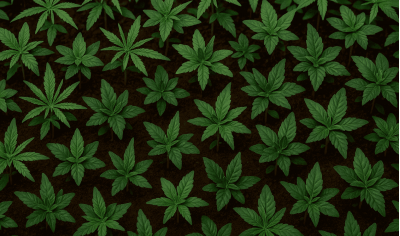
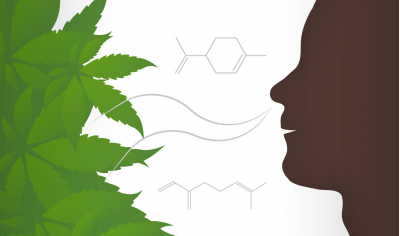
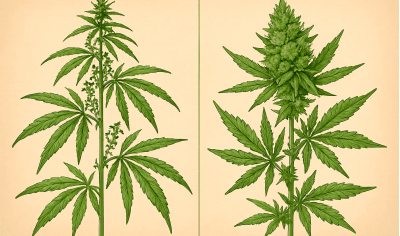


Write a comment